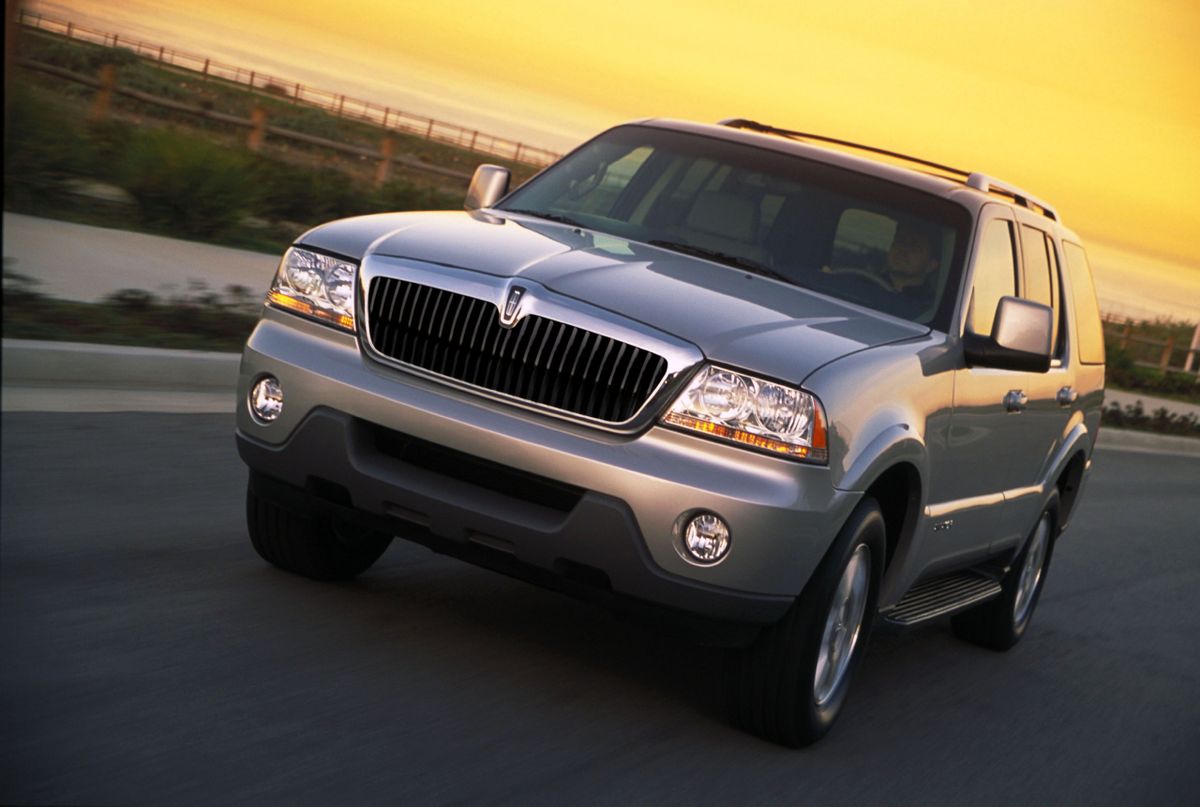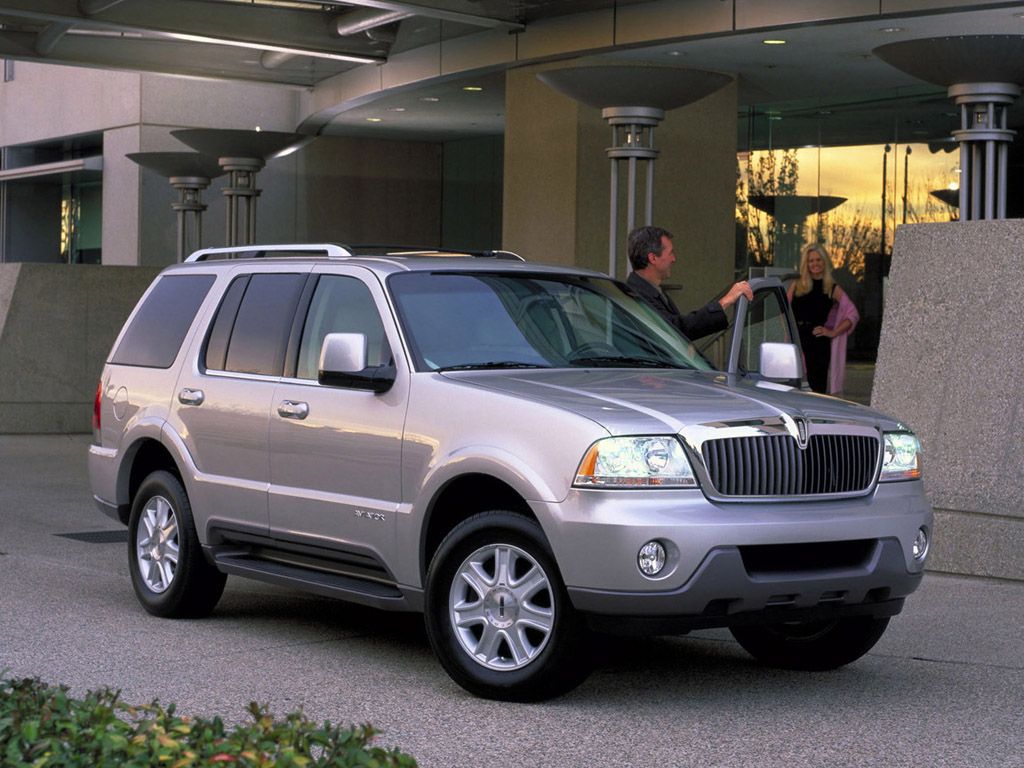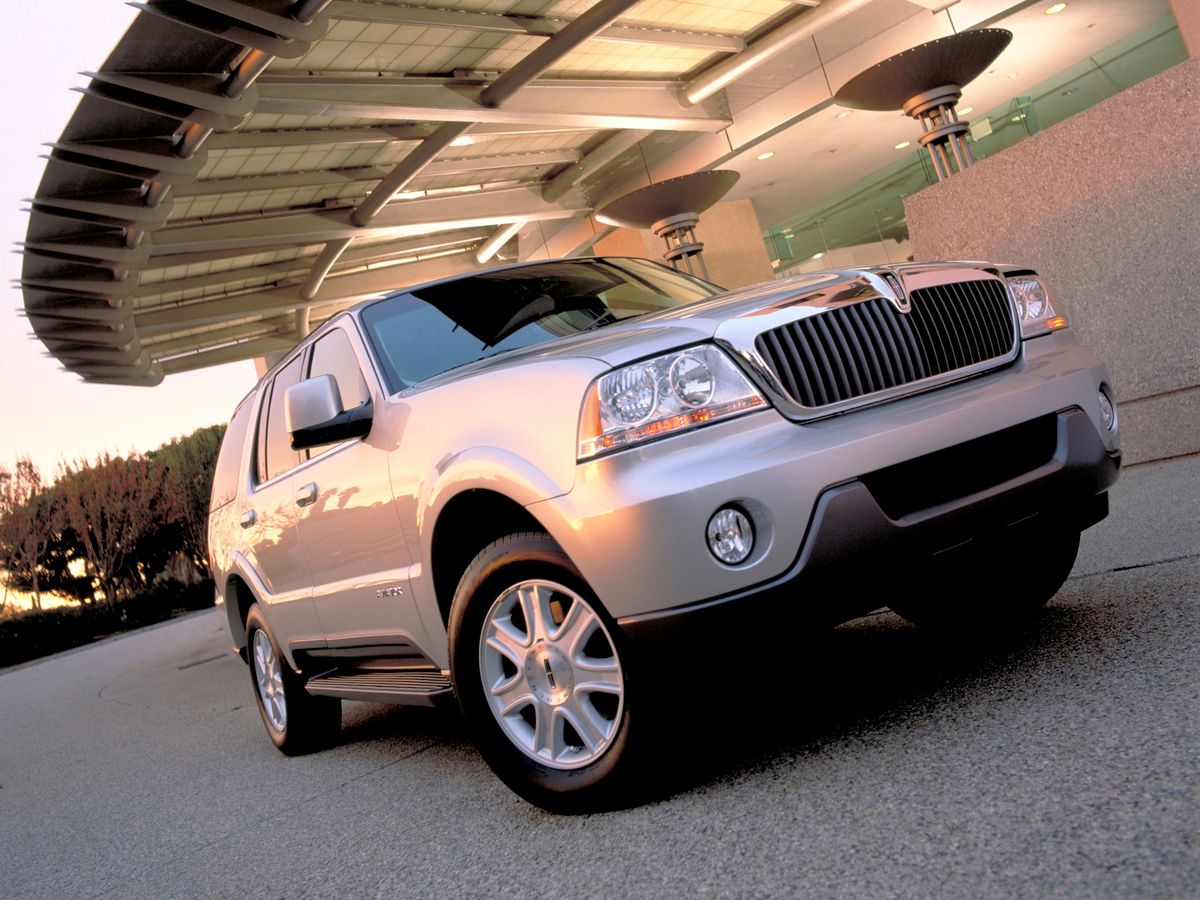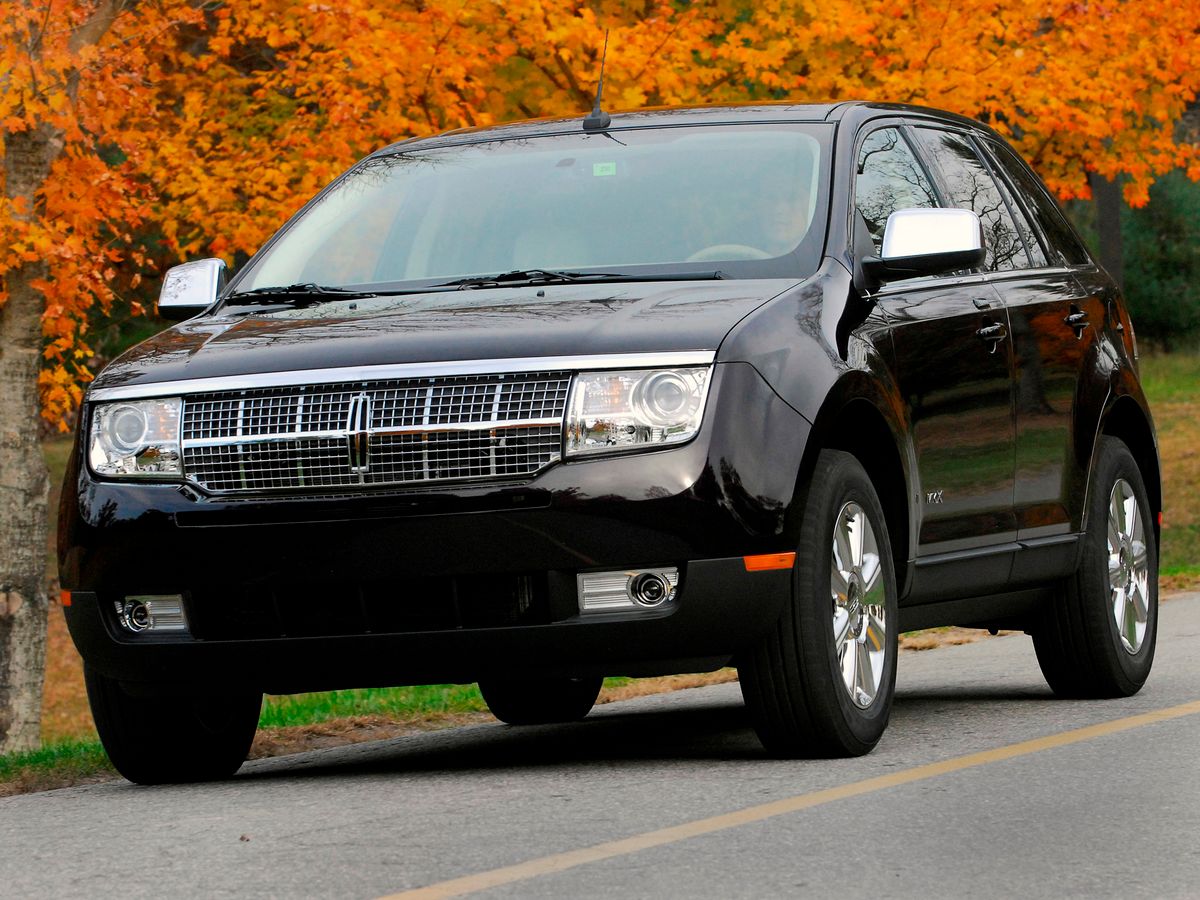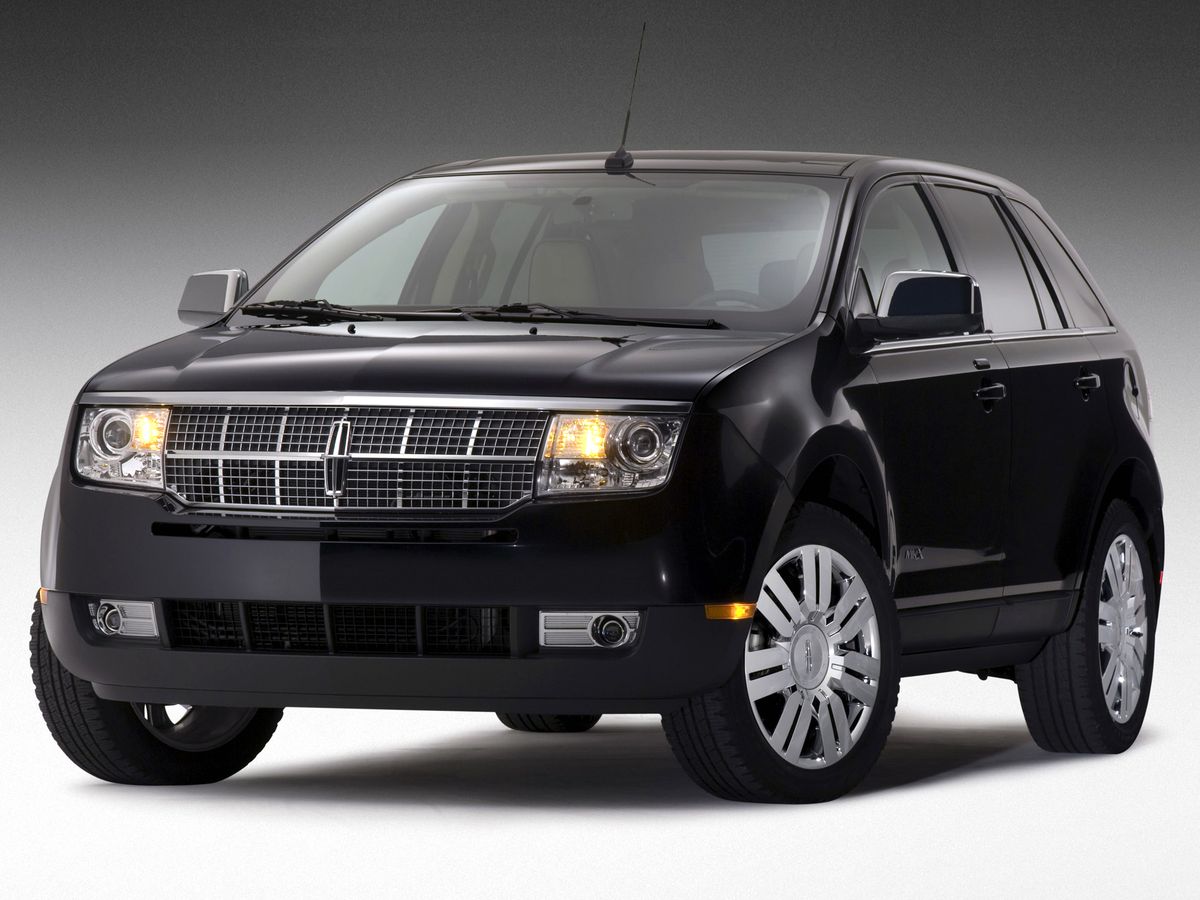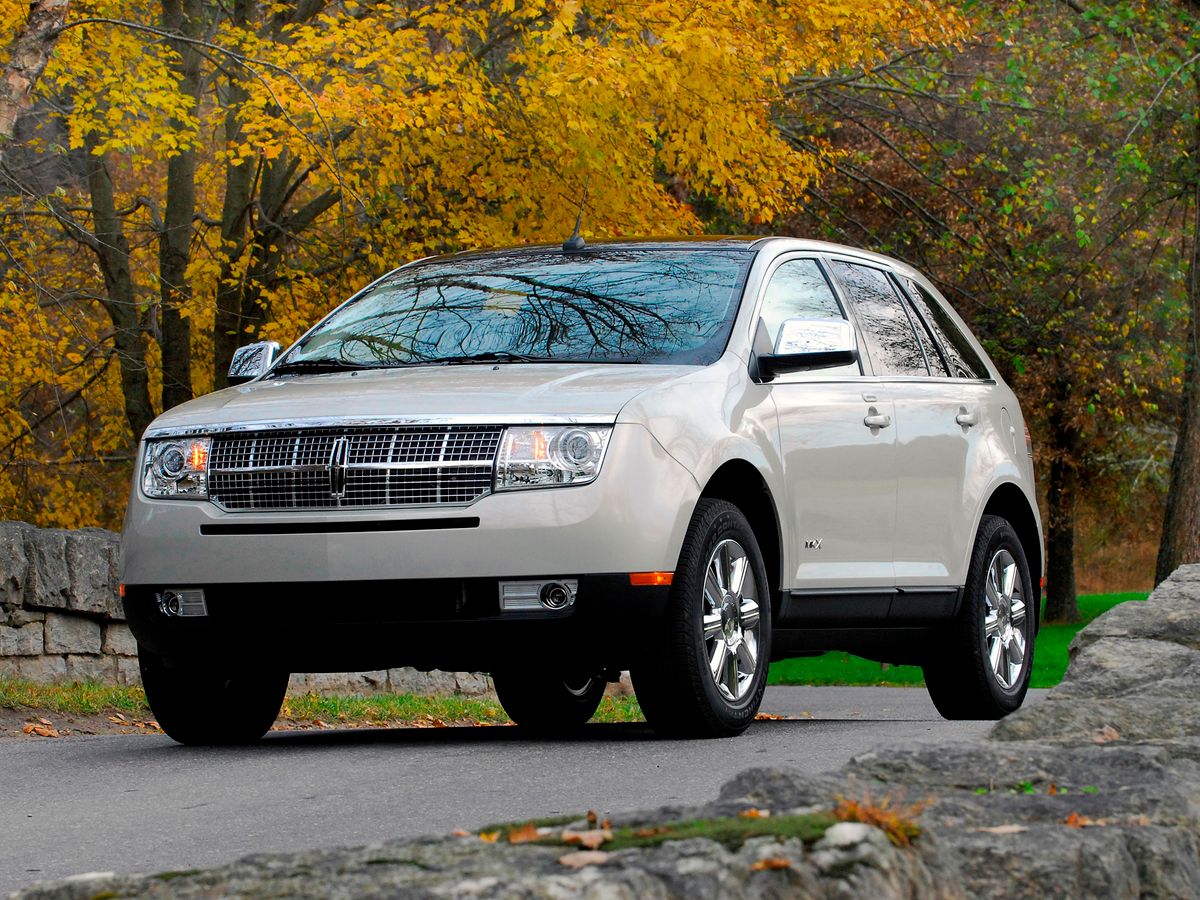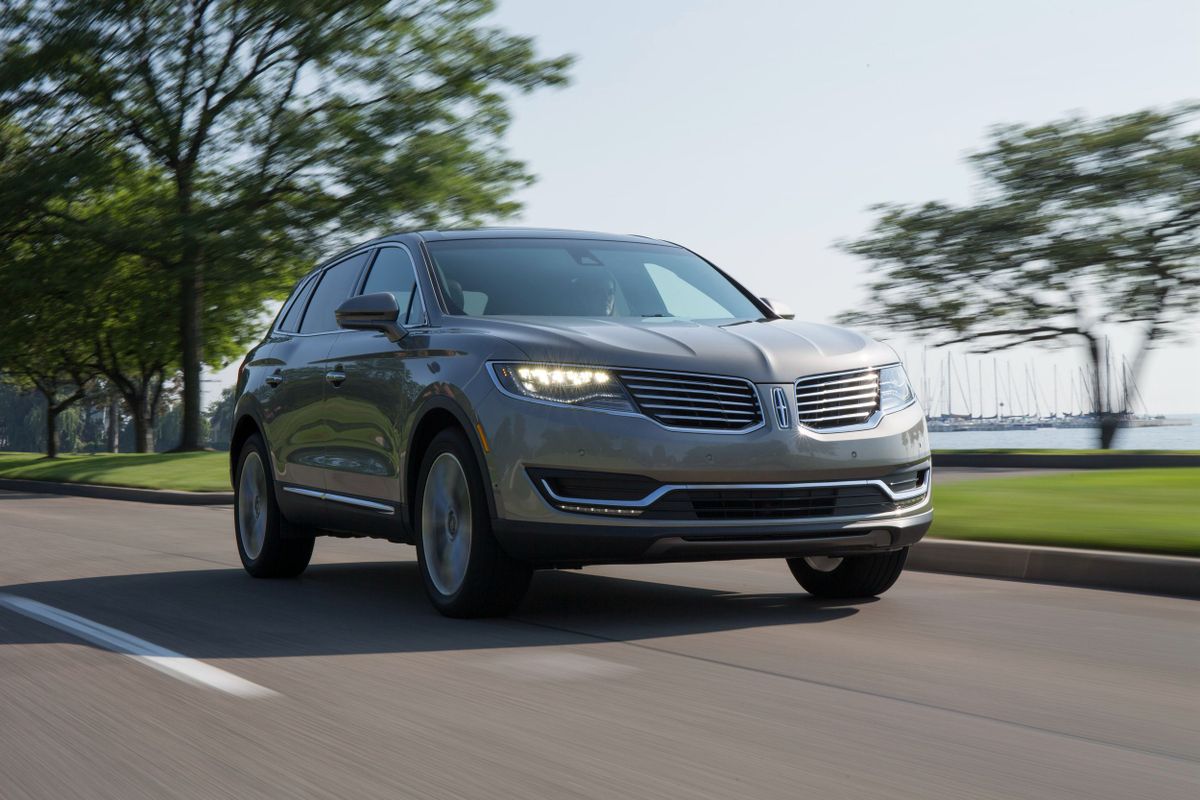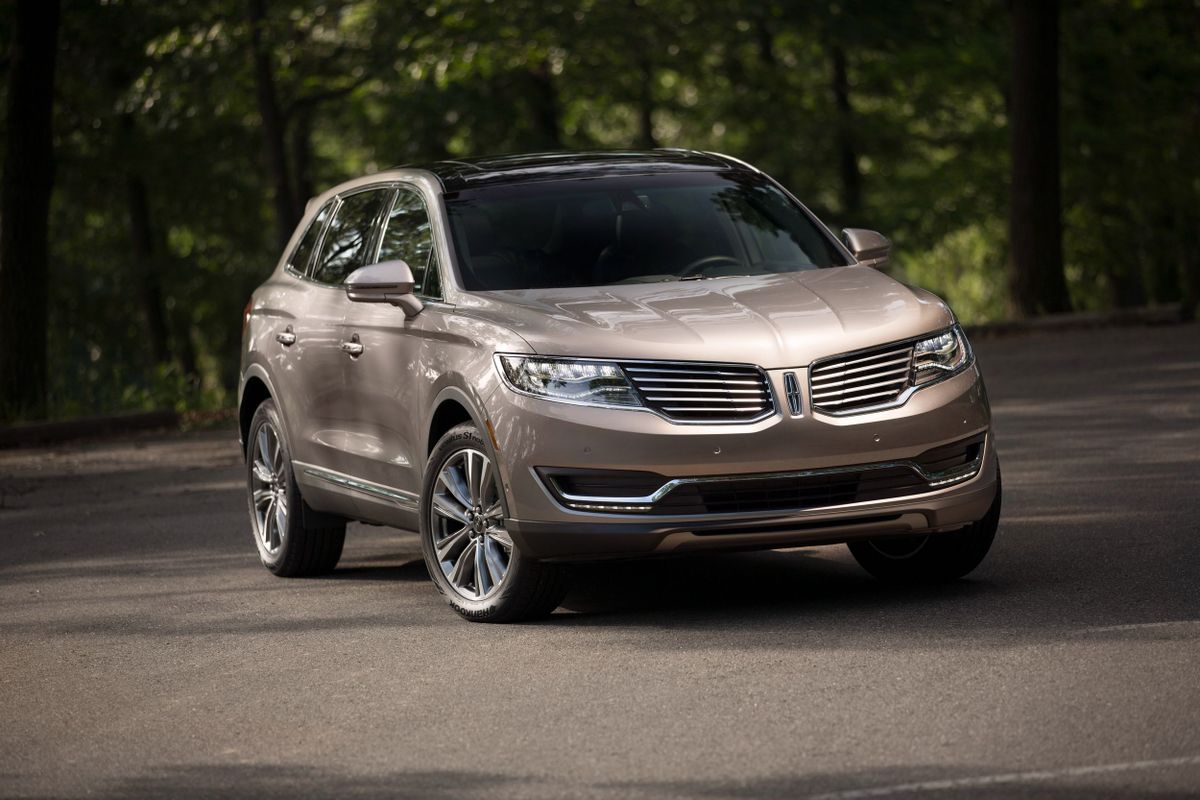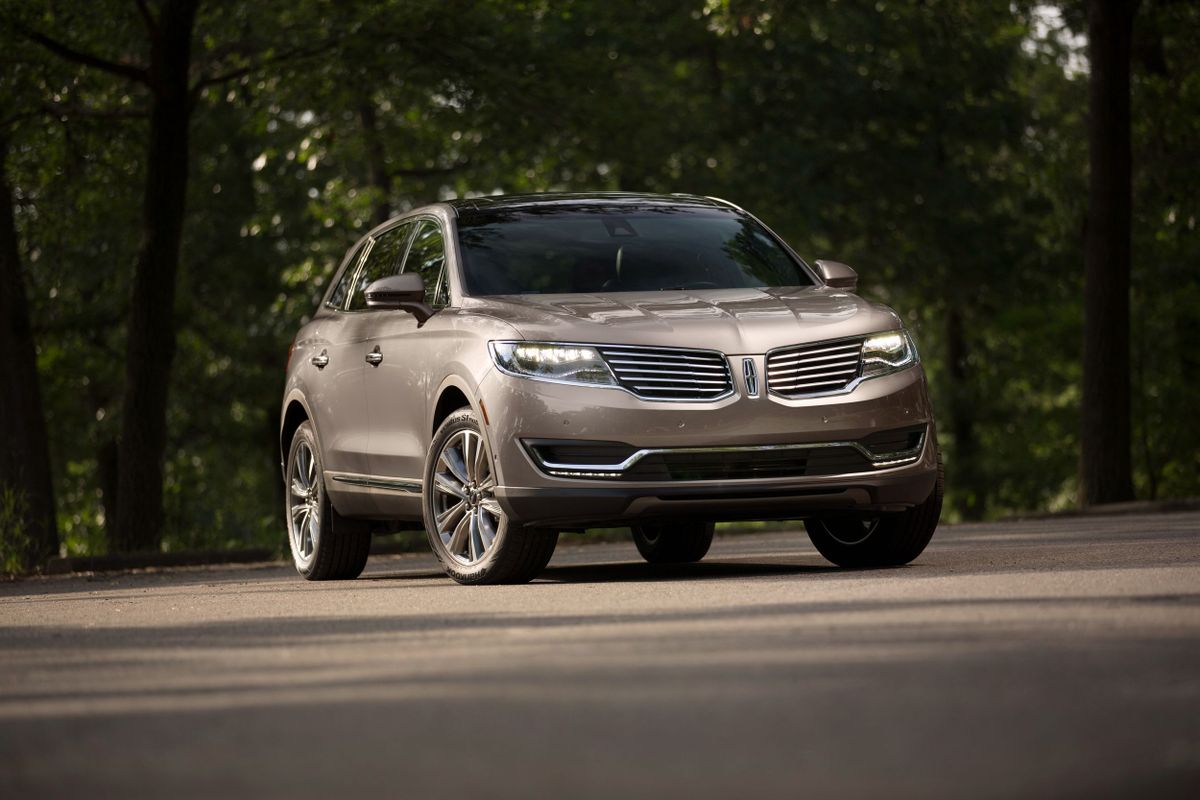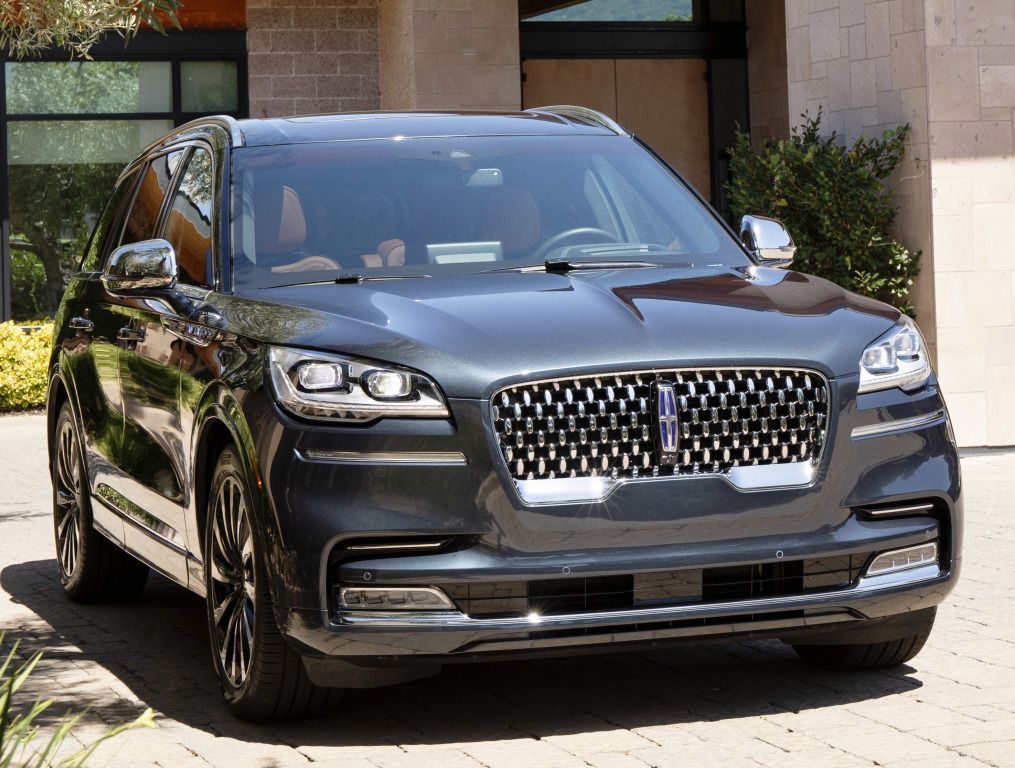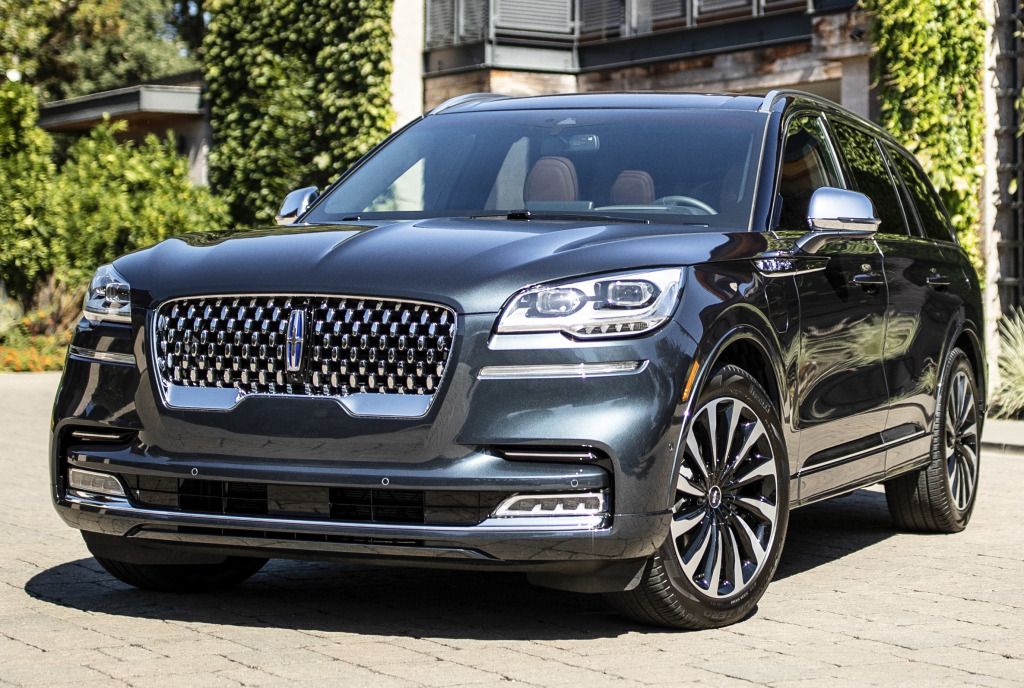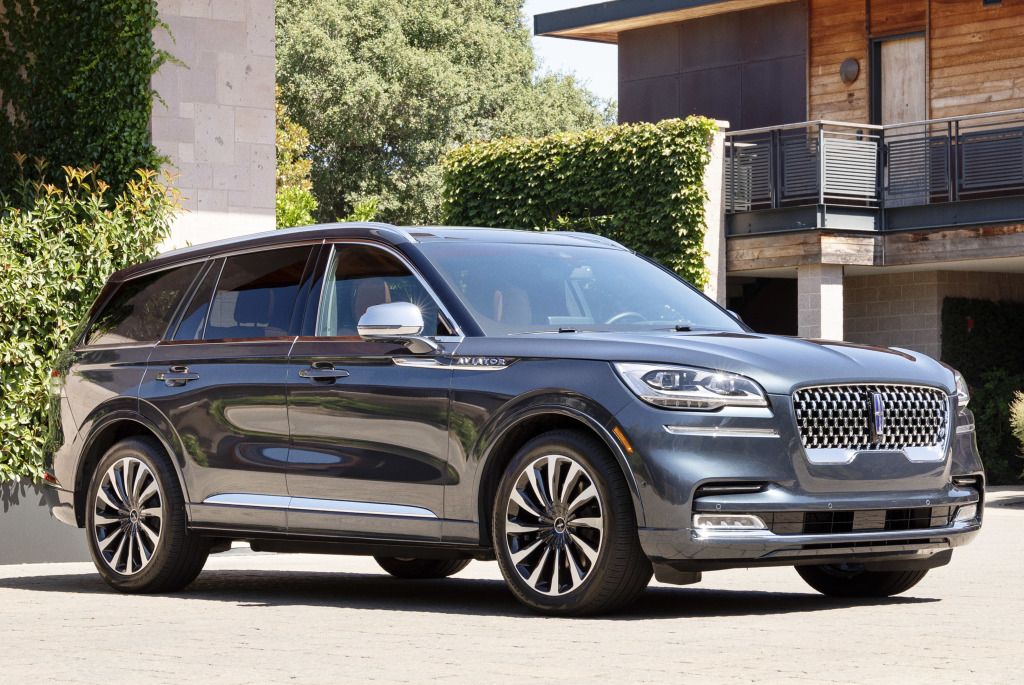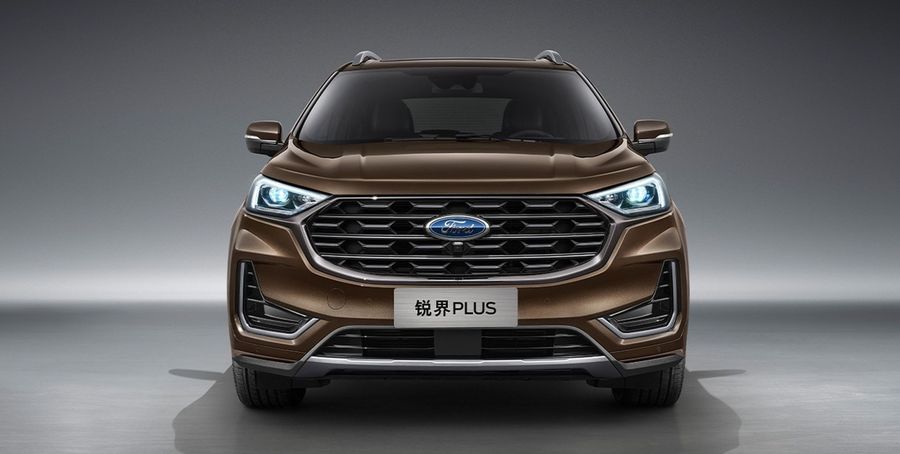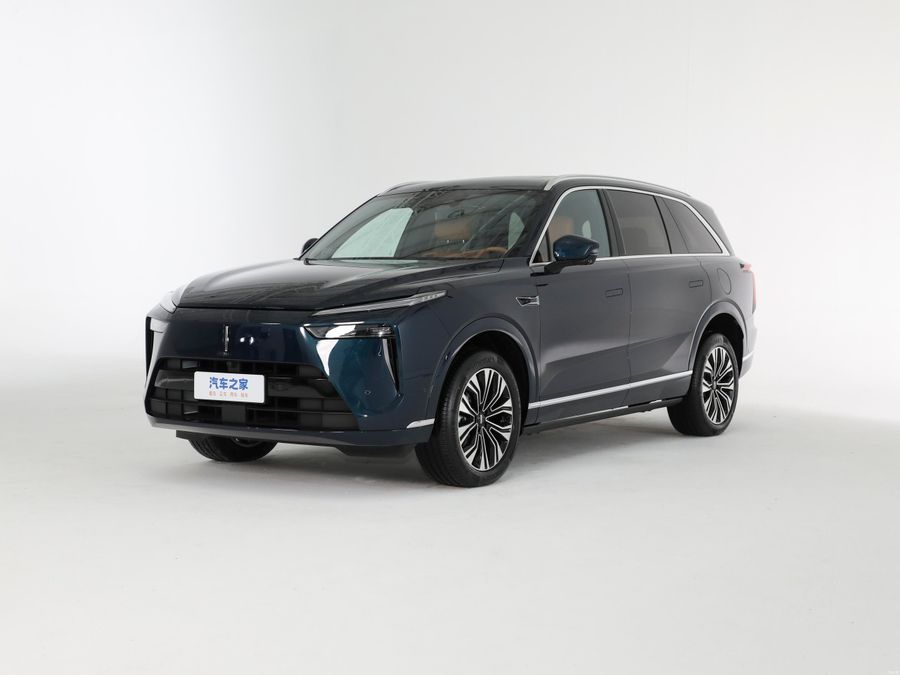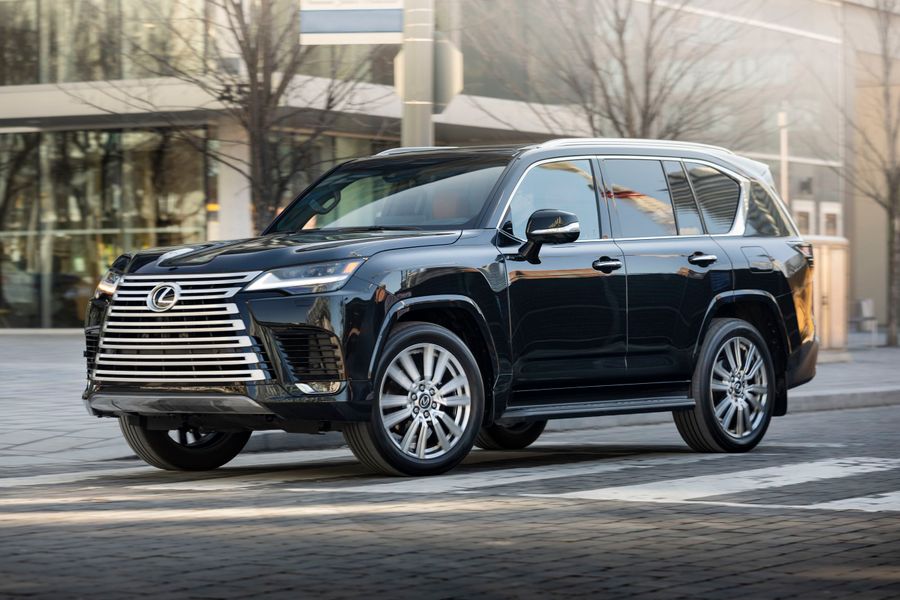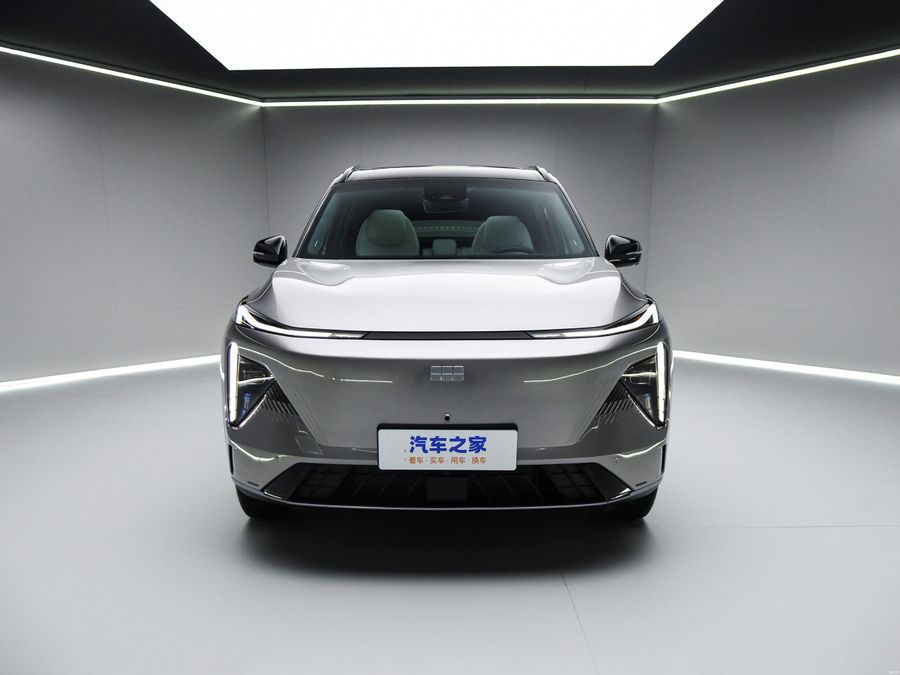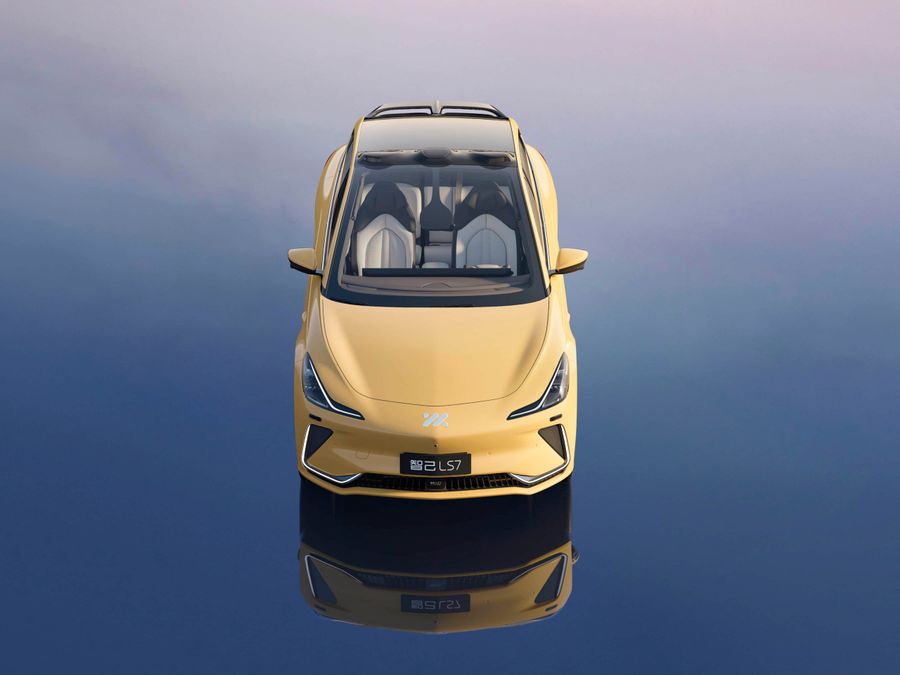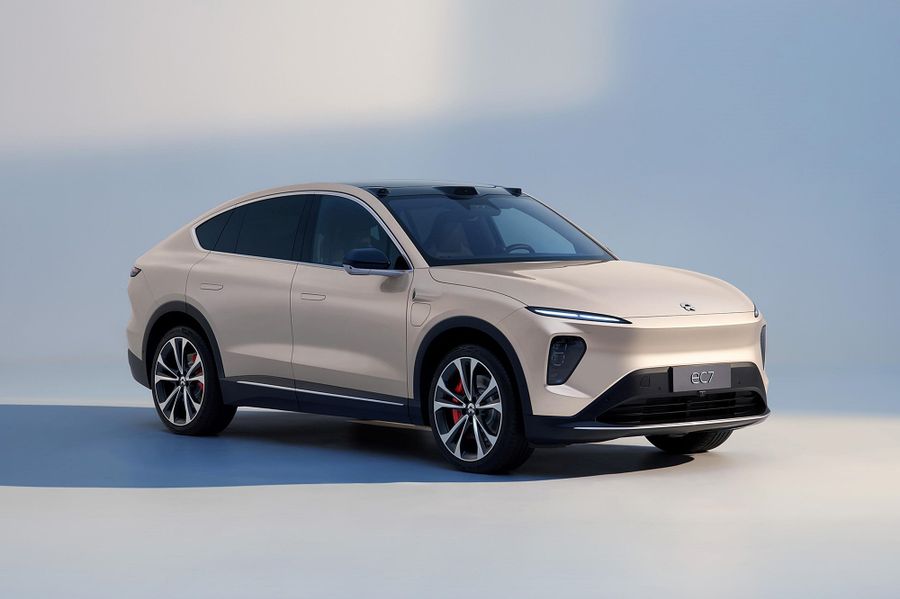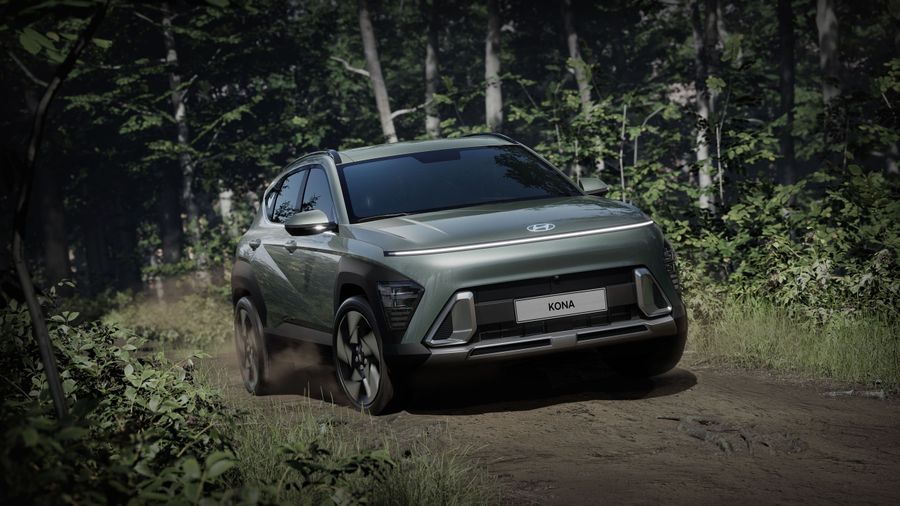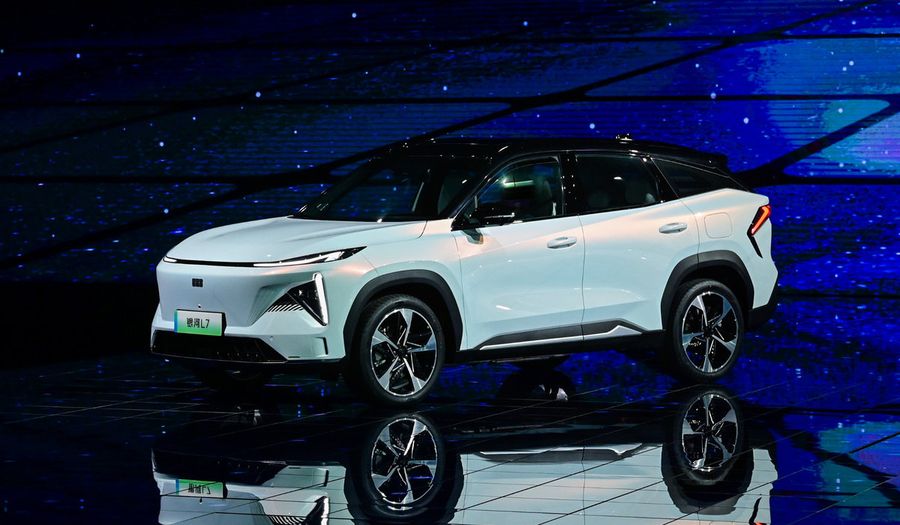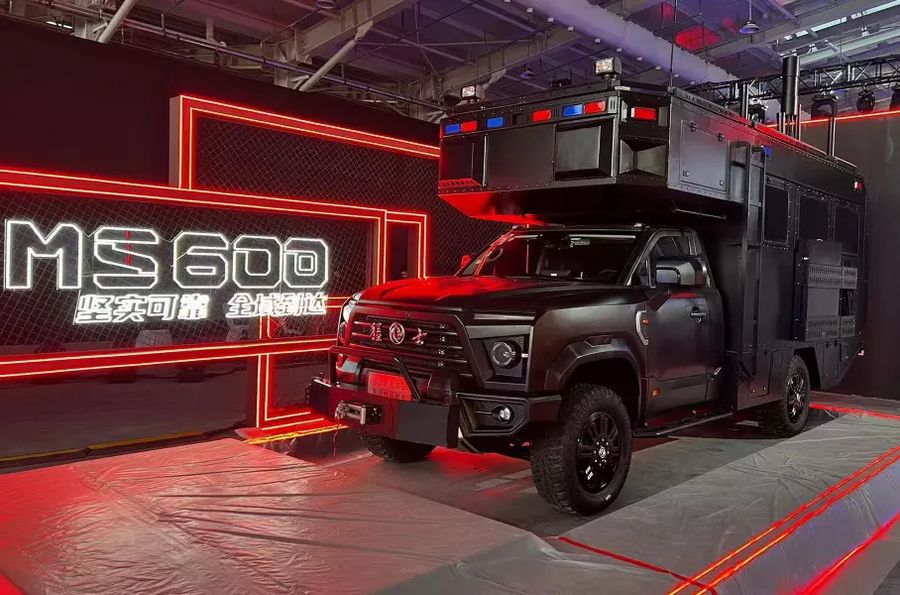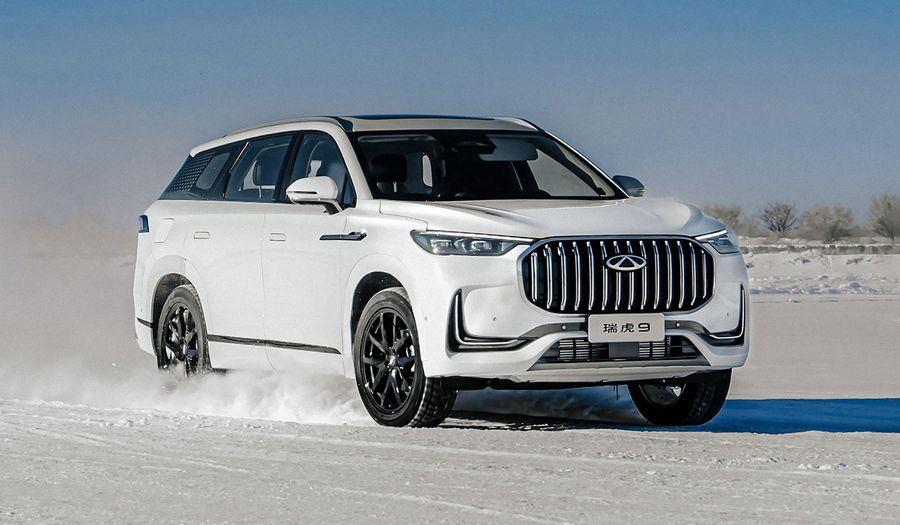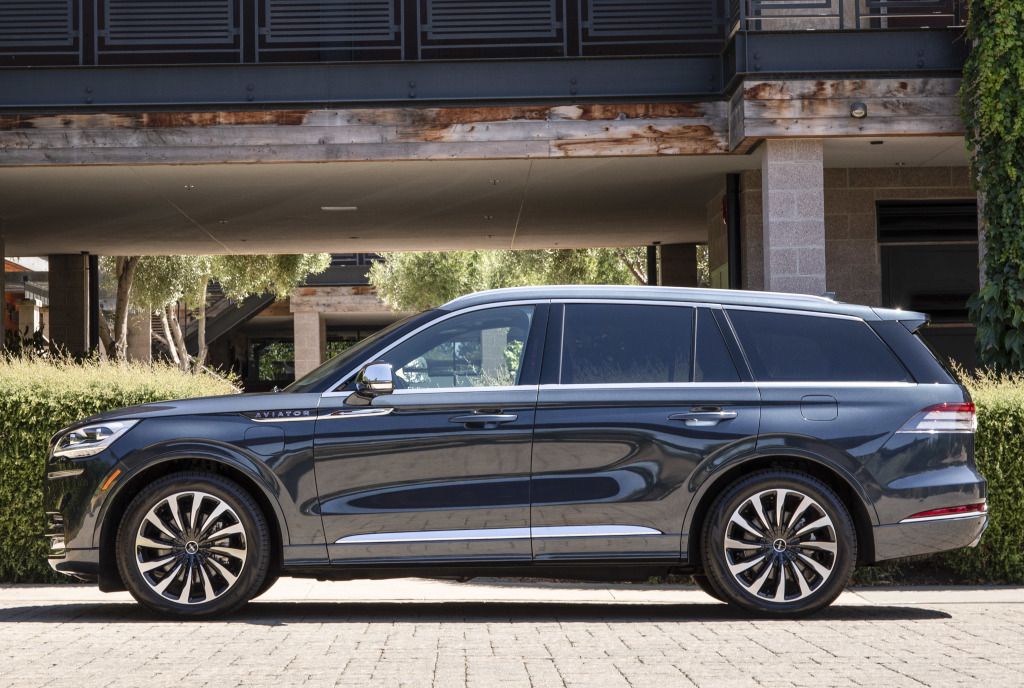
Born twice
The Lincoln Aviator was introduced by Ford Motor Company in 2002 as an upgraded version of the Mercury Mountaineer, based on its most popular model, the Ford Explorer. The Aviator is a typical Lincoln’s model, combining comfort and power.
The first generation
It was produced from 2003 to 2005. The first Lincoln Aviator was built on the body-on-frame Ford U1 platform. It had a wheelbase of 2,888 mm and was equipped with a 4-wheel independent suspension. The body structure came from the third generation Explorer. The rear-wheel drive was standard, whereas the all-wheel drive was optional. It weighed 2,300 kg.
The interior was designed in compliance with Lincoln’s characteristic style: convenient, comfortable and beautiful. However, the luxury level was not the highest due to the status of the vehicle, and there were more prestigious Lincoln models. The interior featured three rows of seats that could be installed in different configurations. In any configuration, the seats folded down, leaving 2.1 cubic meters of free space, while in the unfolded position, the volume was 0.3 cubic meters.
In 2003, to commemorate the 100th anniversary of the Wright brothers flight (flight at Kitty Hawk in 1903), Lincoln created a limited edition Kitty Hawk Aviator with wood trim, chrome grille, rear spoiler, chrome exhaust tip, chrome wheels, xenon headlights in black, heated/cooled premium seats with Kitty Hawk logo. The dashboard, inspired by the 60s, was a combination of devices with electroluminescent sensors and arrows.
The Aviator offered the following standard options: heated and cooled seats, xenon headlights, 17-inch chrome wheels, DVD-based navigation system, dual front/side airbags, side curtain airbags, electronic stability control and traction control.
The Aviator was equipped with a 5.4-liter 8-cylinder engine with 302 - 306 hp, accompanied by a 5-speed gearbox. The same engine powered the Mustang Mach 1, which spoke for itself. The first generation featured a new set of shock absorbers and springs, suspension blocks (instead of bushings), which softened the shock load on uneven surfaces, improved handling and accuracy of reaction to obstacles. The anti-roll bars used ball joints to connect to the lower arms.
The Aviator was promoted with a motto ‘Imitation is the sincerest form of flattery. Especially when you imitate yourself’. Indeed, the Aviator was very similar to the Lincoln Navigator. Perhaps this was due to the fact that the Aviator was not very popular and it was discontinued after the 2005 model year.
However, at the 2004 Detroit Auto Show, the manufacturer unveiled a car that was supposed to be the second generation Aviator. But it didn’t happen. In 2007, Lincoln started a rebranding of its MK model range. This is how the MKX index appeared on the Aviator of the first generation.
Lincoln MKX
Introduced in 2006, the Lincoln MKX was the first crossover SUV to be produced under the Lincoln brand. It was slightly larger than the previous Aviator, boasting of the same interior decorated with leather and wood inserts on the steering wheel, dashboard and door panels, and a sound-absorbing coating. The passenger compartment featured heated and cooled seats with the electric rear seat backrest fold-down function, an electric tailgate, a navigation system, and a satellite radio.
Standard options included: automatic headlight control, dual power illuminated rear-view mirrors, auto-dimming rear-view mirrors, one-touch raise and lower power windows with the possibility to open all windows, remote control, keyless entry function and much more. The Lincoln MKX had an optional adaptive headlight system, an additional sunroof, an electric front sunroof, and a fixed rear sunroof with dual sun visors.
The MKX offered the following safety options:
- tire pressure monitoring system;
- three-point seat belts;
- double front side airbags;
- side airbags.
The first generation Lincoln MKX was supplied with a 3.7-liter 6-cylinder engine coupled with a 6-speed automatic transmission. The SUV was the first model to be powered by the progressive 3.5-liter Duratec V6 engine. In 2011, the MKX was restyled, acquiring a new interior, front and rear design, as well as a 3.7-liter 6-cylinder engine with 303 hp.
In 2016, the second generation Lincoln MKX went into sales, however, it differed little from the first generation upgraded version. There were the following trim levels: Premiere, Select, Reserve and Black Label, each one being more luxurious than the other. The standard engine was a 3.7-liter 6-cylinder Duratec engine with 303 hp. There was an additional 6-cylinder Ecoboost engine with 335 hp.
The second generation
In 2018, the manufacturer introduced a redesigned MKX, which was renamed back to the Aviator. In the list of upgraded models, it took a position above the Nautilus, but below the Navigator. The new Aviator is built on a new platform that supports rear, front and all-wheel drive.
The new Lincoln Aviator has an impressive exterior, as it seems very long, but the sloping rear windshield and the lowered roof of the rear end make the vehicle look more dynamic and less brutal. Nevertheless, the Aviator is large, easily accommodating three rows of seats and offering a roomy cargo space. The 2019/2020 Lincoln Aviator is equipped with a powerful 3-liter twin-turbocharged 6-cylinder engine with 494 hp.
The Aviator’s interior is trimmed with first-class materials on every panel, featuring upgraded infotainment solutions and telematic keyless vehicle control systems. The SUV has acquired several original technological innovations, for example, a device that connects the cameras of the car with controlled shock absorbers, which makes it possible to prepare the suspension for impacts when hitting an obstacle.


